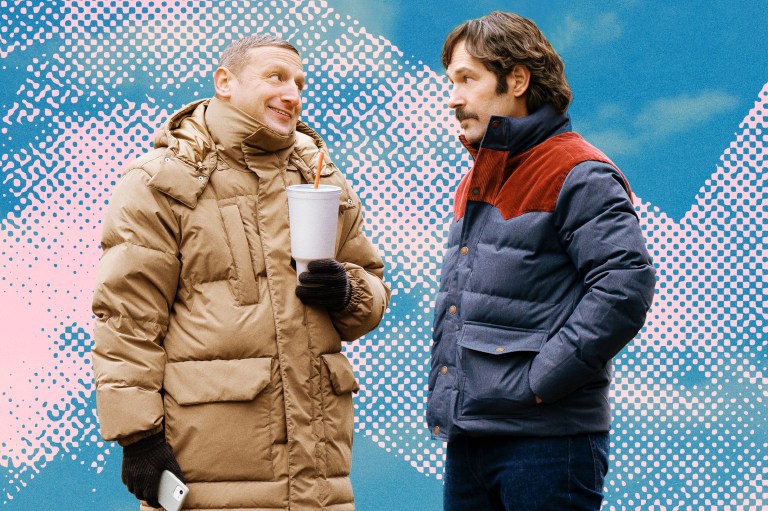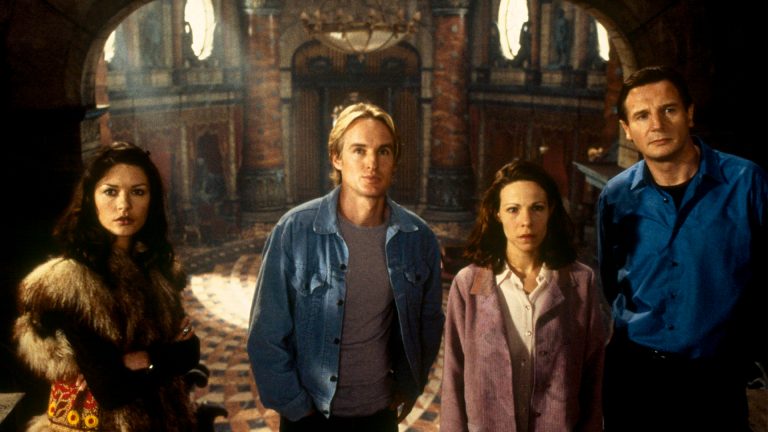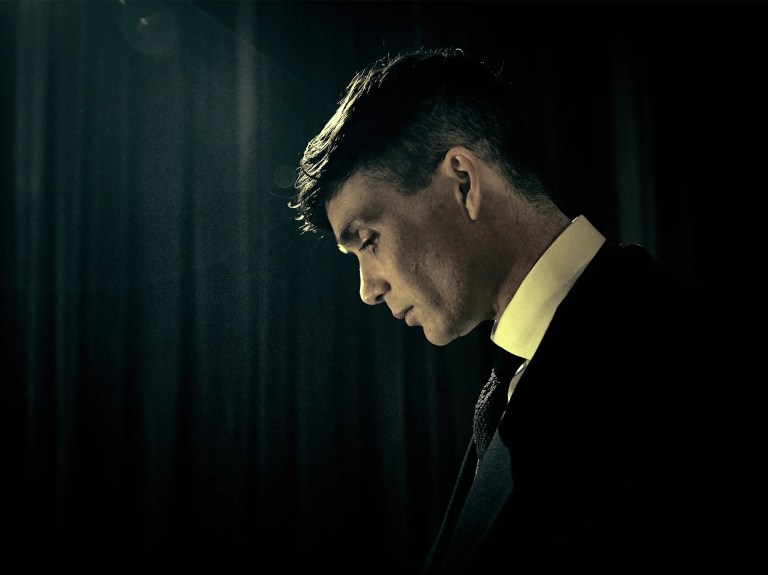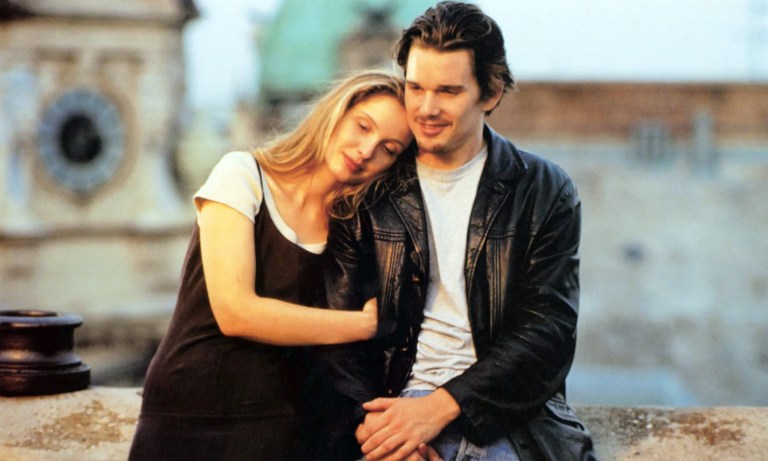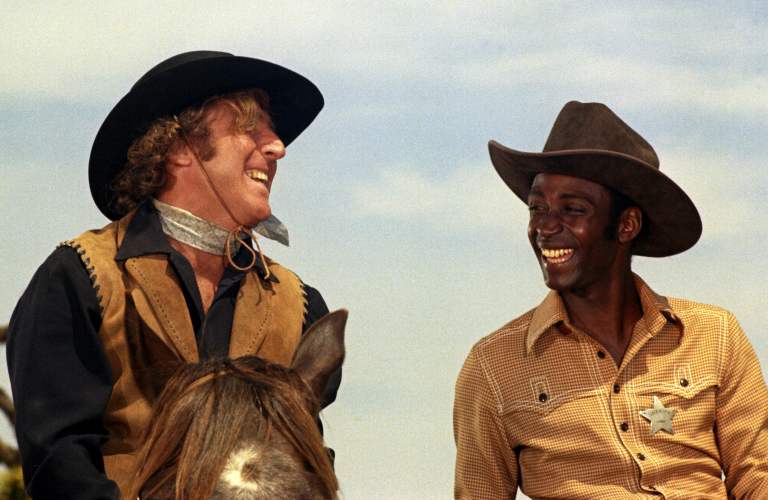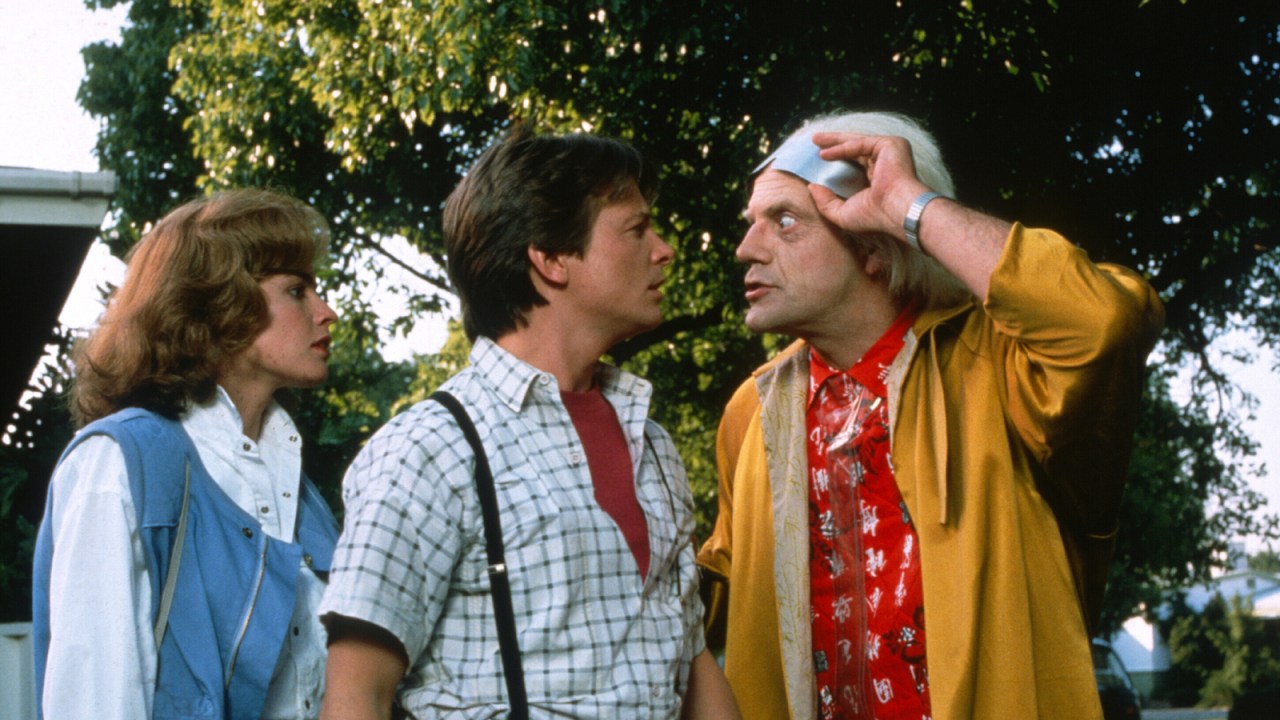
7 Perfect Movie Trilogies That Are Great From Start To Finish
Most trilogies fail their big finish, but that's not the case for these perfect movie trilogies.
Perfect movie trilogies are a rare commodity in the larger annals of film history.
While it’s always easy to craft one successful film, creating two equally audacious sequels remains a feat only a select few filmmakers are capable of achieving. After all, almost every iconic franchise people think of has a generally weak installment somewhere in the mix, be it The Godfather Part III, Alien 3, Spider-Man 3, or Terminator 3. (Huh, if we didn’t know any better, there almost seems to be a trend here.)
While there’s no shortage of film series with underwhelming latter installments, there are still a select few cinematic trilogies that can be justifiably described as “perfect” from start to finish. From cult favorite spoof comedies to rip-roaring sci-fi fantasy series, here are seven great examples of flawless movie trilogies, ranked in order from worst to best.
The Naked Gun Series
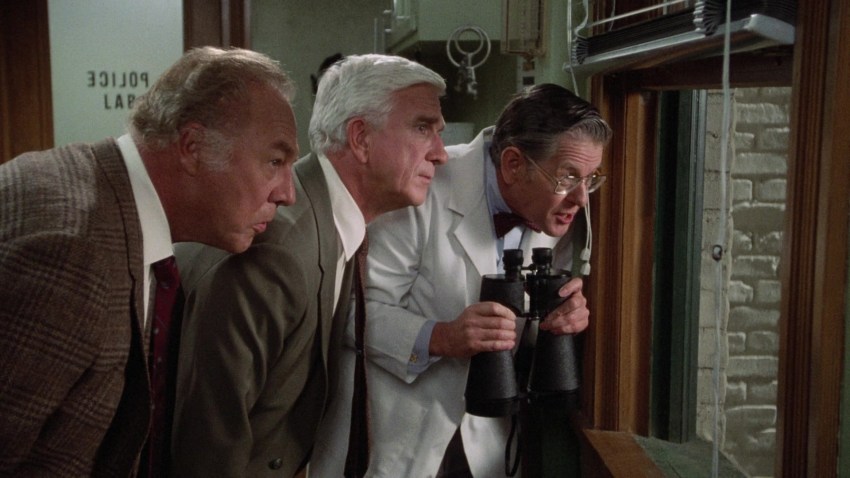
After its inexplicable cancellation following a single season on television, Zucker, Abrahams and Zucker’s cult favorite Police Squad! TV series found renewed life in the world of film. Translating the sharp-edged ABC absurdist comedy to a new medium, the comedic troupe behind Airplane! oversees a predictably anarchic spoof of the police procedural drama with their Naked Gun Trilogy. Spanning three equally fantastic movies, The Naked Gun series is nothing short of a crowd-pleasing surreal comedy as laugh-out-loud funny as Scary Movie, Anchorman, or Young Frankenstein rolled into one.
The Before Trilogy
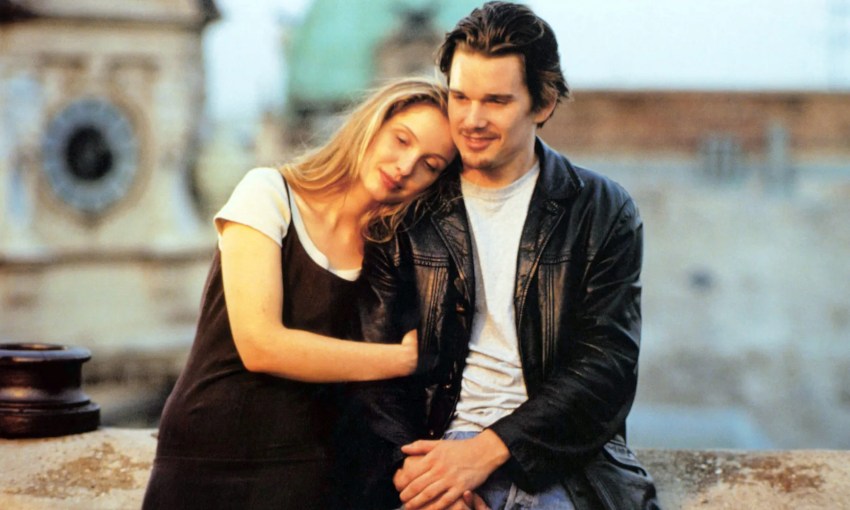
The Before Trilogy may not command the same widespread popularity as The Lord of the Rings or Star Wars, but there’s a definite charm surrounding this expansive romance series from director Richard Linklater. Like his later Oscar-nominated film Boyhood, the Before series sees Linklater play around with the flow of time, analyzing a married couple’s interactions from their initial meeting (Before Sunrise), to their chance reunion (Before Sunset), to their eventual marriage (Before Midnight). With each of its subsequent sequels set nine years apart from each other, the Before Trilogy allows audiences a glimpse inside the organic growth of a relationship, as well as showcasing how two individuals drastically change over time, slowly transforming from free-spirited college students into a middle-aged, domestic-minded couple struggling to raise a family.
Back to the Future Series
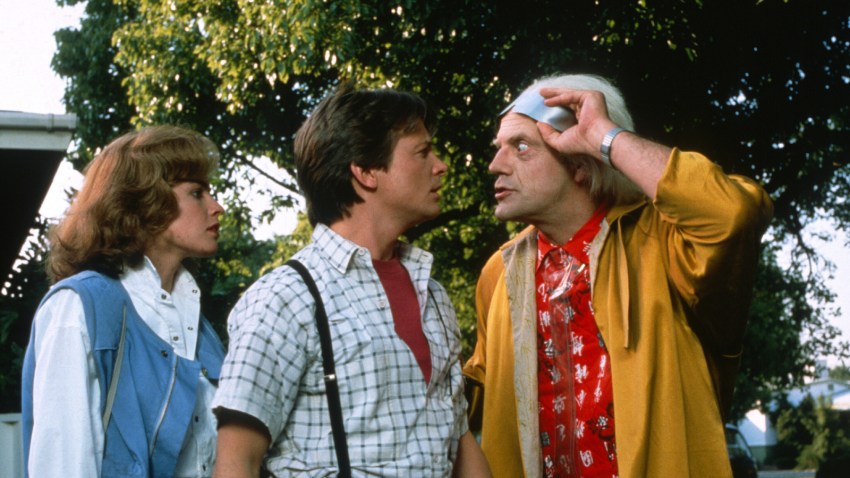
One can argue that Back to the Future’s latter two installments never came close to matching the original entry in the series. While it’s difficult to counter that claim, it’s also hard to refute any of the positive qualities that lie behind each of Back to the Future’s three films. Transporting viewers from the 1980s, to the nostalgic 1950s, to the retro 2010s, to a nightmarish alternative 1980s, and then all the way back to the 1880s, Back to the Future always found a way to gauge viewers’ interest from its musical opening moments to the third film’s epic climax.
The Dark Knight Trilogy
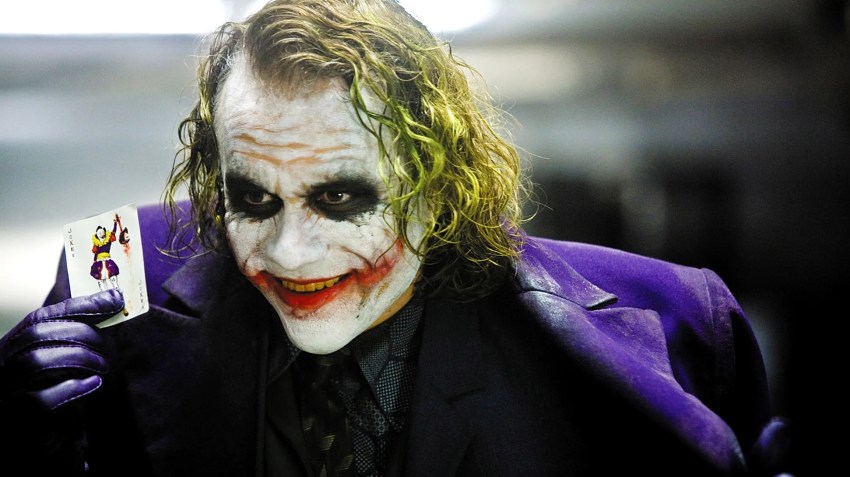
Nowadays, it’s easy to admit the superhero genre has become fairly oversaturated with the dozens of MCU, DCEU, and the more recently rebooted DCU films arriving in theaters since the late 2000s. Yet in 2005, the superhero genre was still largely unexplored territory within mainstream cinema, allowing up-and-coming director Christopher Nolan to implement his own unique take on the traditional comic book narrative. Taking inspiration from Batman’s earliest comic adventures, Nolan took the superhero genre to new heights with his wondrous Dark Knight Trilogy, revitalizing the Caped Crusader for a new generation and introducing a darker, more realistic overhaul of the superhero film in lieu of its stereotypical comic book-style presentation.
The Dollars Trilogy
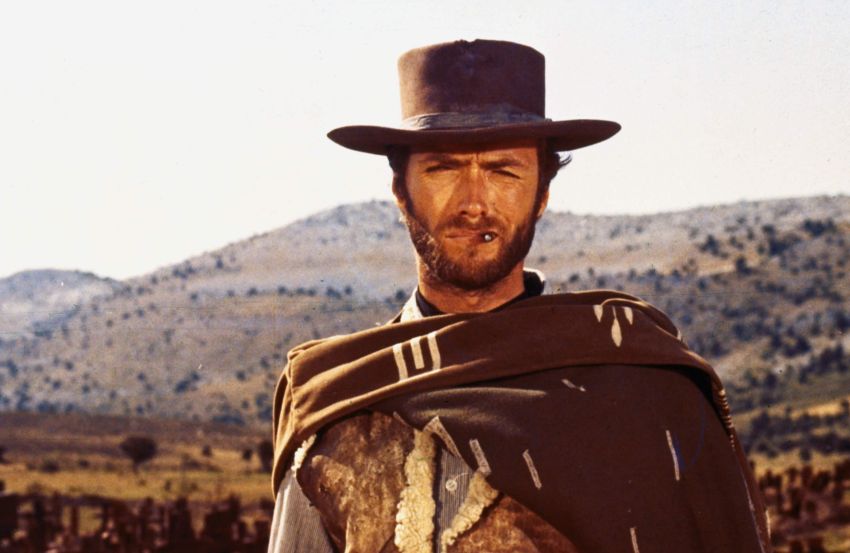
Not content to create an entire Western subgenre alone, director Sergio Leone somehow found a way to top himself with each of his subsequent entries in the influential Dollars Trilogy. With 1964’s A Fistful of Dollars, Leone laid groundwork for the entire Spaghetti Western craze of the mid to late 1960s, setting the stage for such later films as Django, The Grand Silence, and, years later, Quentin Tarantin’s Django Unchained. With For a Few Dollars More and, to a greater extent, The Good, the Bad and the Ugly, Leone elevated the Western genre to an almost operatic status, widening the films’ scope to include bigger setpieces, larger casts, louder soundtracks, and grander narratives focused on Clint Eastwood’s mysterious Man with No Name.
Star Wars: The Original Trilogy
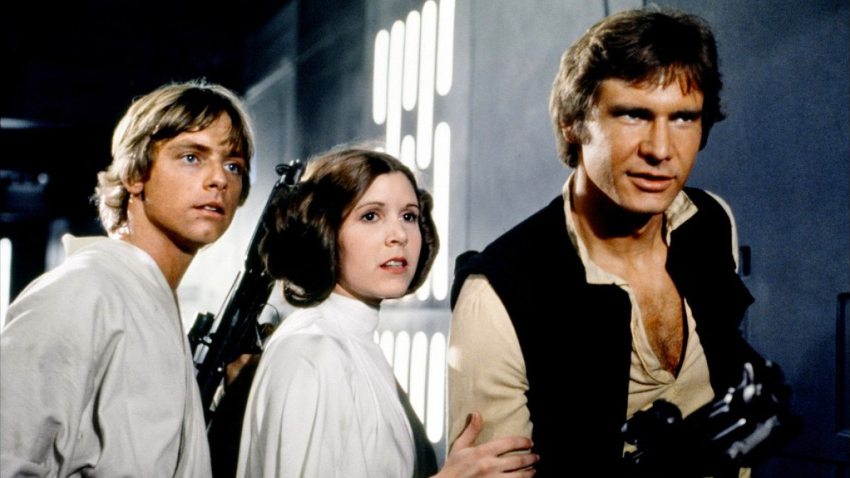
It’s hard to imagine a time when Star Wars didn’t exist. But in the early 1970s, nobody had thought out a sci-fi universe so complex and densely populated for a cinematic franchise – nobody, that is, until George Lucas came along. Mapping out a sprawling galaxy filled with evil empires, ragtag rebellions, gun-toting bounty hunters, and Force-wielding Jedi Knights, Lucas popularized the entire space opera genre with his work on the Original Trilogy, cementing the standard for every large-scale sci-fi franchise that followed.
The Lord of the Rings Trilogy
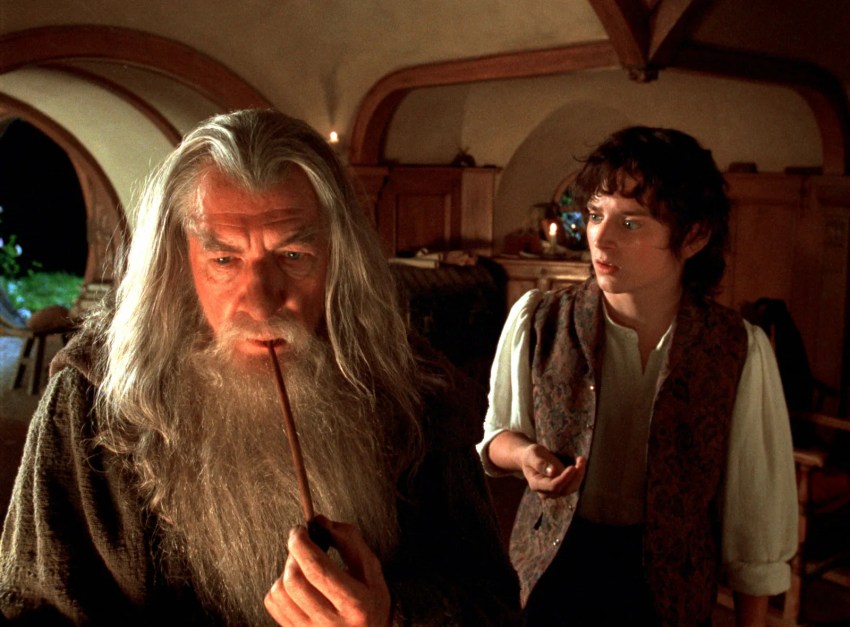
Over 20 years later, The Lord of the Rings Trilogy remains the benchmark on which all movie trilogies are held to. Adapting J.R.R. Tolkien’s encyclopedic fantasy series for the big screen, Peter Jackson somehow captured the expansive volume of Lord of the Rings’ source material, ushering in the greatest fantasy film series of all time. With nary a dull moment found in its combined nine hour-runtime, it’s a trilogy we can only imagine Tolkien himself would wholeheartedly approve of, from its magnificent set pieces and immersive score to its gargantuan battle sequences and pitch-perfect casting.
